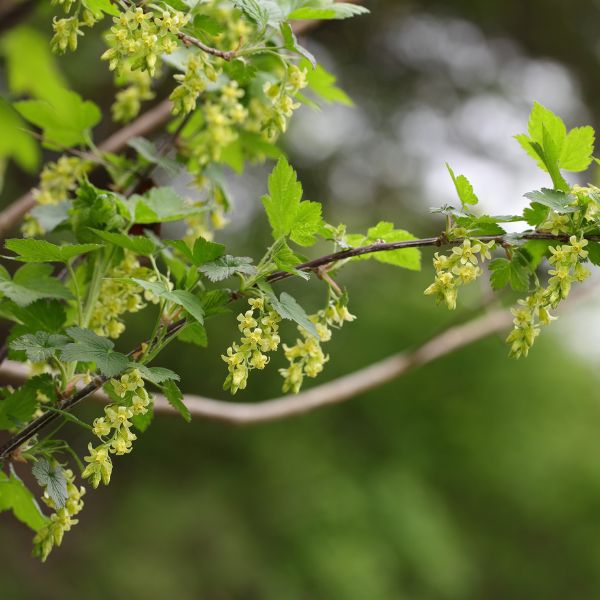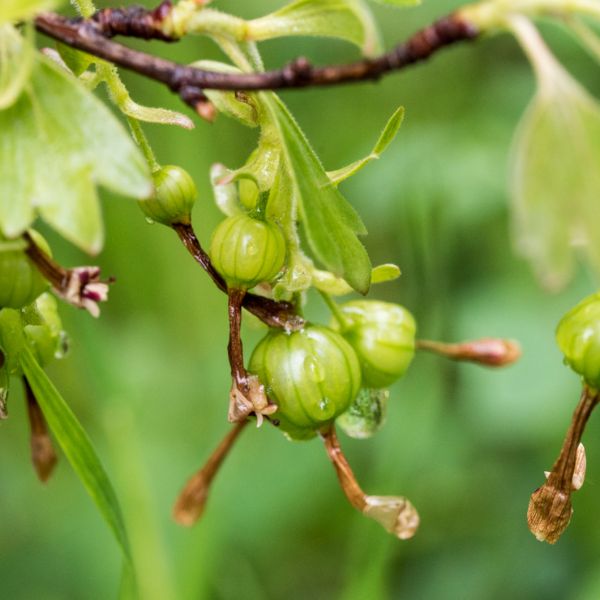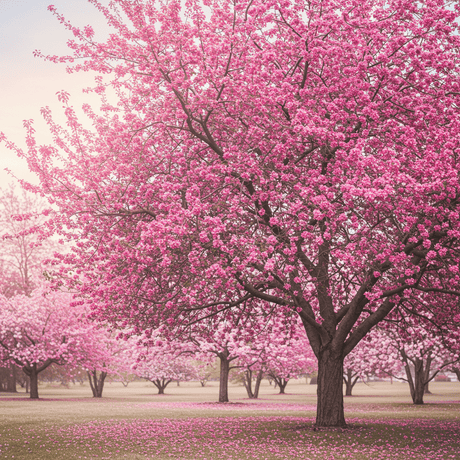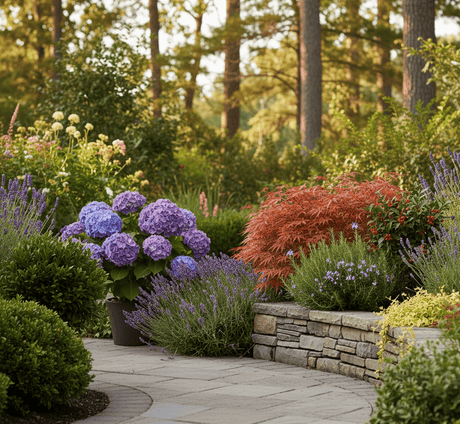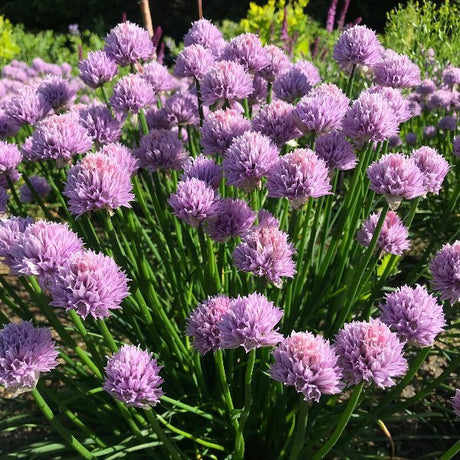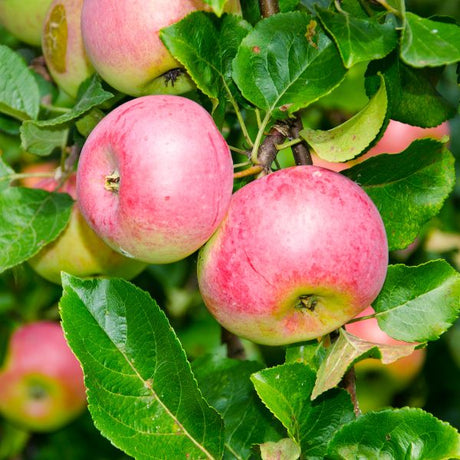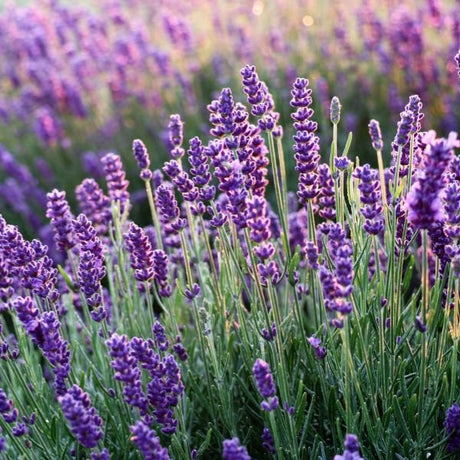American Currant
Ribes americanum
- Stay Protected with Plant Sentry ™
American Currant - #3 Container 1-2 Feet is backordered and will ship as soon as it is back in stock.
Plant Sentry™
Plant Sentry™

Plant Sentry™ Protected
Your order is protected by our compliance system that:
- Prevents restricted plants from shipping to your state
- Ensures plants meet your state's agricultural requirements
- Protects gardens from invasive pests and diseases
Delivery and Shipping
Delivery and Shipping
Delivery and Shipping
Fast, Safe Plant Delivery
Ships in 3-4 business days • Tracking provided • Weather protected
| Under $50 | $9.99 |
| $50 - $99.99 | $14.99 |
| $100 - $149.99 | $16.99 |
| $150+ | $24.99 |
✓ Zone-specific timing • ✓ Professional packaging • ✓ Health guarantee
Understanding Plant Options
Nature Hills offers plants in two main formats:
- Container Plants: Grown in pots with soil, sized by container volume and plant age
- Bare Root Plants: Dormant plants without soil, sized by height measurements
Container Plant Sizes
Container sizes indicate plant age and growing capacity rather than liquid volume equivalents. Our containers follow industry-standard nursery "trade gallon" specifications, which differ from standard liquid gallon measurements.
Young Plants (6 months to 18 months old)
| Container Size | Actual Volume | Metric Equivalent |
|---|---|---|
| 2" x 2" x 3" | 0.18 - 0.21 dry quarts | 0.20 - 0.23 dry liters |
| 4" Container | 0.31 - 0.87 dry quarts | 0.35 - 0.96 dry liters |
| 4.5" Container | 0.65 dry quarts | 0.72 dry liters |
| 6" Container | 1.4 dry quarts | 1.59 dry liters |
| 1 Quart | 1 dry quart | 1.1 dry liters |
| 5.5" Container | 1.89 dry quarts | 2.08 dry liters |
Established Plants (18 months to 2.5 years old)
| Container Size | Actual Volume | Metric Equivalent |
|---|---|---|
| 2 Quart | 2 dry quarts | 2.2 dry liters |
| #1 Container | 2.26 - 3.73 dry quarts | 2.49 - 4.11 dry liters |
| 5" x 5" x 12" | 3.5 - 4.3 dry quarts | 3.85 - 4.74 dry liters |
Mature Plants (2-4 years old)
| Container Size | Actual Volume | Metric Equivalent |
|---|---|---|
| #2 Container | 1.19 - 1.76 dry gallons | 5.24 - 7.75 dry liters |
| #3 Container | 2.15 - 2.76 dry gallons | 8.14 - 12.16 dry liters |
Large Plants (3-5 years old)
| Container Size | Actual Volume | Metric Equivalent |
|---|---|---|
| #5 Container | 2.92 - 4.62 dry gallons | 12.86 - 20.35 dry liters |
| #6 Container | 5.25 - 6.01 dry gallons | 23.12 - 26.42 dry liters |
| #7 Container | 5.98 - 6.53 dry gallons | 26.34 - 28.76 dry liters |
Bare Root Plants
Bare root plants are sold by height from the root system to the top of the plant. Plants may exceed minimum height requirements.
Common Sizes:
- Trees: 1 foot, 2 feet, 3 feet, 4 feet, 5 feet, 6 feet
- Shrubs & Perennials: 1 foot, 18 inches, 2 feet
Important Notes
Container Volume Specifications
- Trade Gallon Standard: Our containers follow industry-standard "trade gallon" specifications established by the American National Standards Institute (ANSI Z60.1) for nursery stock
- Volume Variations: Actual soil volume may vary due to plant root systems and growing medium settlement
- Age Indicators: Container size primarily indicates plant age and maturity rather than liquid volume equivalents
Growing Conditions
- Plant size can vary based on variety and growing conditions
- Container size helps indicate plant maturity and establishment level
- Larger containers generally mean more established root systems and faster landscape establishment
Seasonal Availability
- Bare root plants are available seasonally when dormant
- Container plants are available throughout the growing season
- Specific varieties may have limited availability in certain sizes
Questions?
For questions about specific plant sizes or availability, please contact our plant experts who can help you choose the right size for your landscape needs.
Plant Highlights
American Currant highlights at a glance!
-
Botanical Name
-
Brand
-
Growing Zones3, 4, 5, 6
-
Growth RateFast
-
Mature Height
-
Mature Width
-
Leaf Color
-
Flower Color
-
Fall Color
-
NativeYes
-
Pollinator FriendlyYes
-
Pollinator Required
-
Bloom PeriodLate Spring
Characteristics
Where To Plant
When To Prune
- Late Winter
Water & Moisture Needs
- Moderate
Sunlight Needs
Soil Needs
- Adaptable to Most Soil
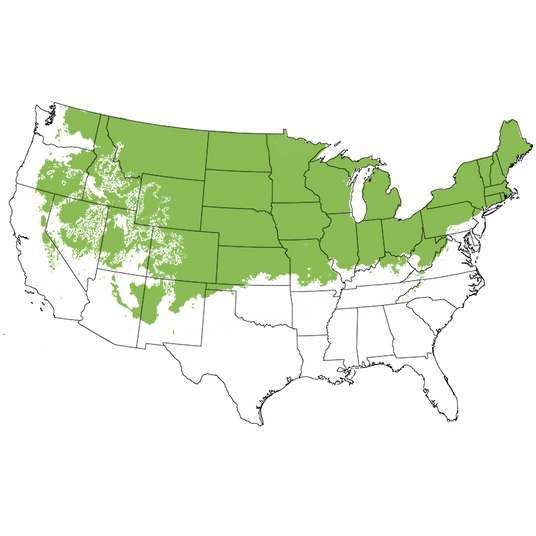
Growing Zones
The pretty, double-duty native American Currant Bush (Ribes americanum) is an uncommon native fruiting shrub that is a pleasure for you and your backyard birds! An ornamental Wildlife Shrub that offers more than just fruit!
Beautiful and unusual landscape shrubs with pale greenish-yellow bell-shaped blossoms in spring are a boon for your local pollinators and beneficial insects. The heavily pleated bright green foliage of these textural shrubs soon reveals high-gloss black berries! Closely related to Gooseberry, the toothy, pointed-lobed Maple-shaped leaves fill out the shrub all growing season long!
That's when this bird-friendly shrub becomes aflutter as local and migrating birds descend upon them! Birds aren't the only ones that will enjoy the fruit! Currants bear on a long, flexible stalk-like growth called a 'strig' or fruiting spur. But these superfruits are edible but will need a lot of sweeteners, these are very high in antioxidants! Rich in vitamins and antioxidants, humans too enjoy the berries fresh or cooked. Make jelly, juiced or used for winemaking, or pie, dry or freeze them, and flavor tea!
Unlike other Currants, the deciduous American Currant bush is thornless, so you'll have pain-free picking! Fall brings coppery orange and yellow autumn color. Winter brings further interest as the bare stems show off medium gray bark and curious winged woody ridges. Hardy native deciduous shrubs throughout USDA Planting Zones 3 to 6.
Planting and Application:
Currant bushes are deciduous, fast-growing plants, and used as edible fruit since the 1550s. They produce multiple stems and grow to a rounded naturally tidy informal form. The annual growth is a single flush in the spring, reducing pruning and maintenance on your part.
The American Currant is ideal for edible landscaping, kitchen, pollinator borders, and Rain Gardens as well as mid-sized borders and hedging. Plant in partly shaded hills and slopes for erosion control and eliminate mowing on dangerous inclines.
Currants support many beneficial insects that in turn feed hungry birds and their chicks, while the dense branching provides nesting shelter. Plant in drifts or groupings for wildlife, as 3-5 foot tall and wide windbreaks and blocking drifting snow while providing privacy and screening!
- Greenish-Yellow Blossoms
- Nectar & Pollen Rich for Pollinators
- Tasty Fruit Supports Birds & Feeds Humans
- Textural Pleated Foliage & Dense Branching
- Naturalizing, Erosion Control, Edible Landscaping & Shelterbelts
#ProPlantTips for Care:
Currant shrubs are very cold-hardy and prefer a location with morning sun and part shade in the afternoon. They also require good air circulation. The north sides of a building are typically excellent for Currant plants for maintaining cooler soil temperatures. When soil temperatures exceed 85 degrees, the plants will struggle to thrive. Provide a thick insulating layer of arborist bark chips over the entire root system.
Currants also withstand some of the most intolerable conditions, including city settings or clay soils! In fact, Currants prefer heavy soils that are rich in clay and have good moisture-retention qualities. They will not tolerate alkaline or salty soils. An acceptable soil pH for Currants is between 5.5 and 7.0.
Most Currants will flower and fruit on last year's wood. So the best method to prune Currants is after flowering. You can also renewal prune which involves removing the older thicker branches down to the ground every couple of years - leaving the younger, thinner branches in place to flower and fruit. Removing the older, less productive branches keeps the plants healthier and more vigorous. Remove any branches that are dead, diseased, or lying along the ground. This is great for natural-form shrubs that aren't sheared formally.
- Full to Partial Sun
- Requires Consistently Moist Conditions - Mulch Well
- Highly Adaptable to Loam, Clay, Sandy & Rocky Soil
- Prune Shrubs After Flowering
- Thorn-Free Canes!
- Seldom Damaged By Deer
Order your own double-duty ornamental fruiting American Currant bushes today and start enjoying these versatile and adaptable shrubs for your own landscaping needs! Hardy natives at Nature Hills Nursery!

